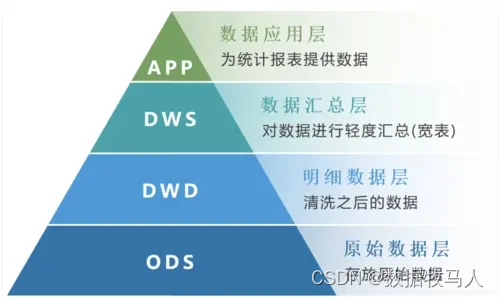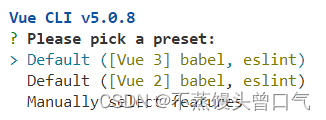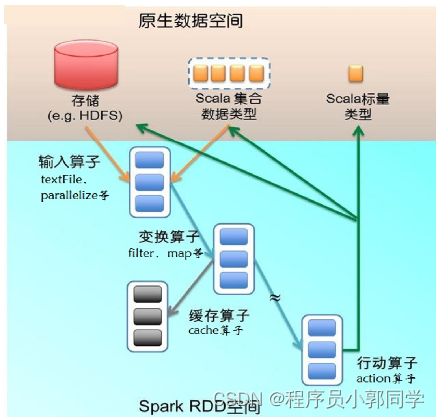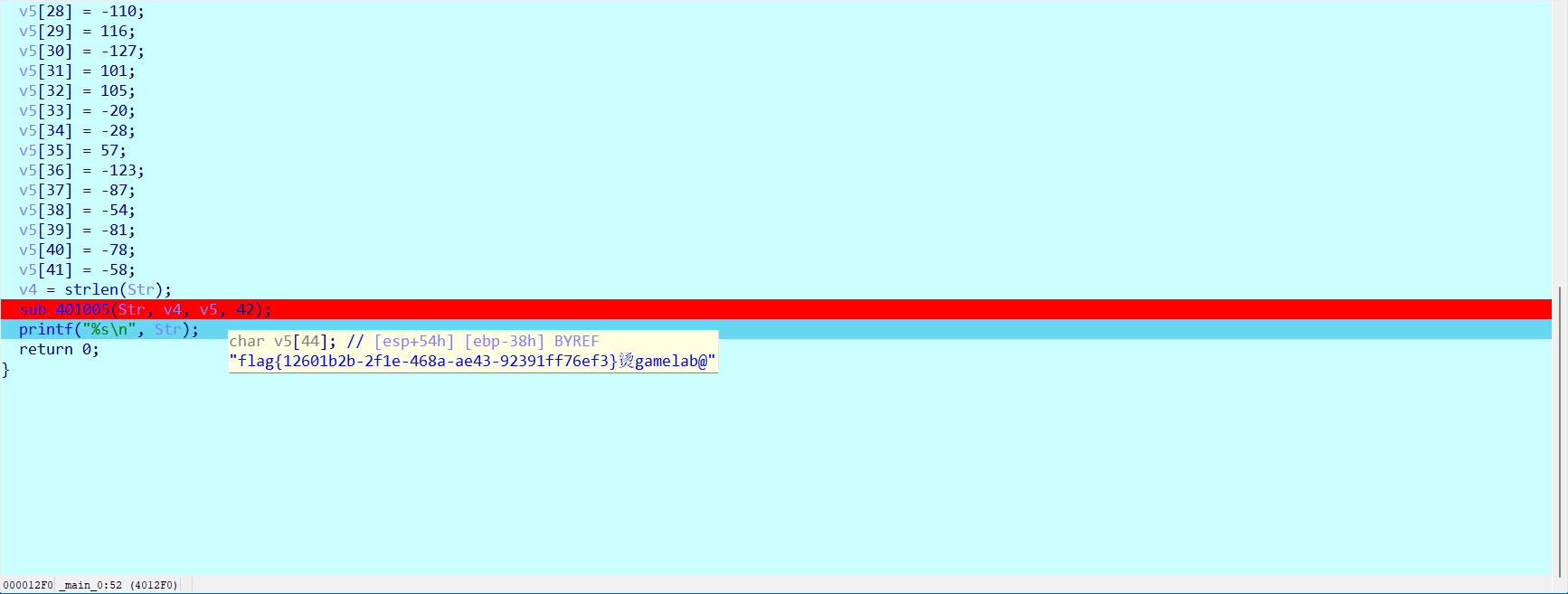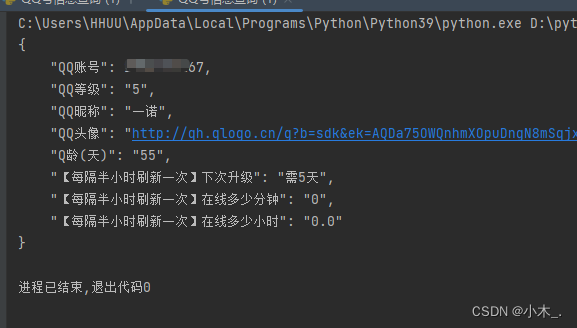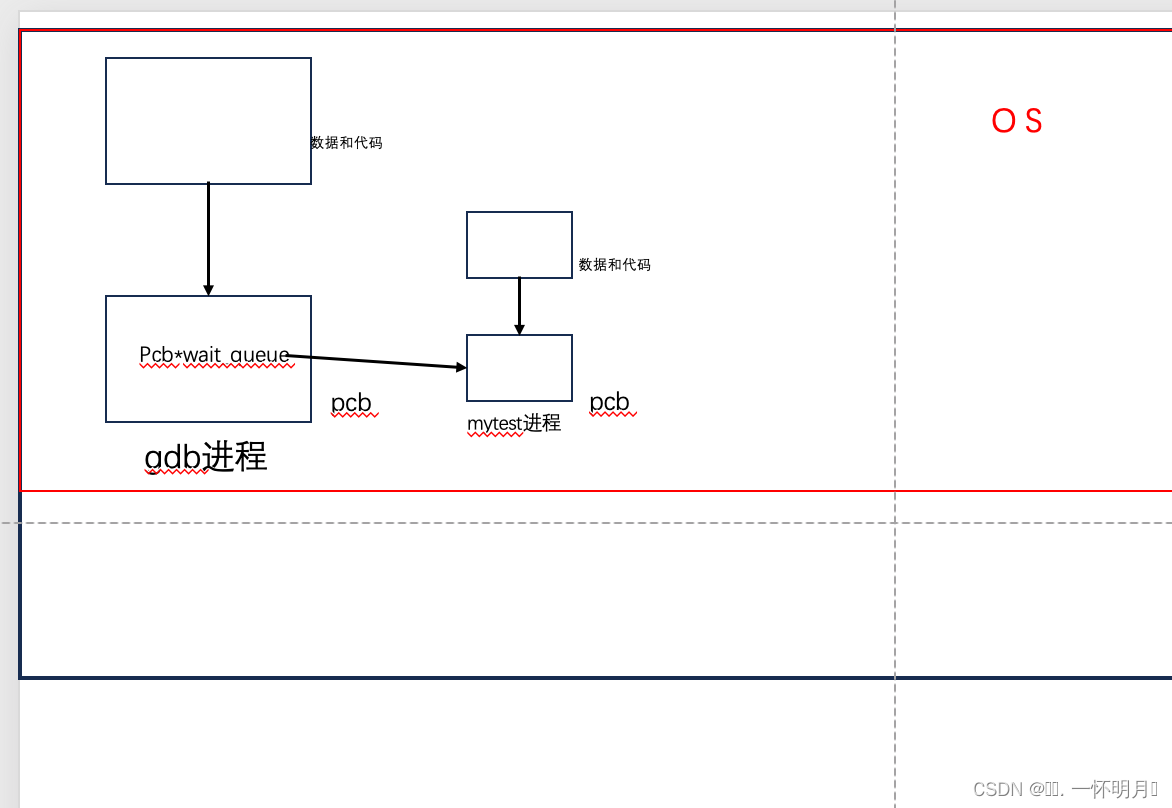
Text classification
文章目录
- Text classification
- 加载 IMDb 数据集
- Preprocess 预处理
- Evaluate
- Train
- Inference
本文翻译自:Text classification
https://huggingface.co/docs/transformers/tasks/sequence_classification
notebook : https://colab.research.google.com/github/huggingface/notebooks/blob/main/transformers_doc/en/pytorch/sequence_classification.ipynb
文本分类是一种常见的 NLP 任务,它为文本分配标签或类别。一些大公司在生产中运行文本分类,以实现广泛的实际应用。最流行的文本分类形式之一是 情感分析,它为文本序列分配 🙂 积极、🙁 消极或 😐 中性等标签。
本指南将向您展示:
- 在IMDb数据集上微调DistilBERT,以确定电影评论是正面还是负面。
- 使用您的微调模型进行推理。
本教程中演示的任务由以下模型架构支持:
ALBERT, BART, BERT, BigBird, BigBird-Pegasus, BioGpt, BLOOM, CamemBERT, CANINE, CodeLlama, ConvBERT, CTRL, Data2VecText, DeBERTa, DeBERTa-v2, DistilBERT, ELECTRA, ERNIE, ErnieM, ESM, Falcon, FlauBERT, FNet, Funnel Transformer, Gemma, GPT-Sw3, OpenAI GPT-2, GPTBigCode, GPT Neo, GPT NeoX, GPT-J, I-BERT, Jamba, LayoutLM, LayoutLMv2, LayoutLMv3, LED, LiLT, LLaMA, Longformer, LUKE, MarkupLM, mBART, MEGA, Megatron-BERT, Mistral, Mixtral, MobileBERT, MPNet, MPT, MRA, MT5, MVP, Nezha, Nyströmformer, OpenLlama, OpenAI GPT, OPT, Perceiver, Persimmon, Phi, PLBart, QDQBert, Qwen2, Qwen2MoE, Reformer, RemBERT, RoBERTa, RoBERTa-PreLayerNorm, RoCBert, RoFormer, SqueezeBERT, StableLm, Starcoder2, T5, TAPAS, Transformer-XL, UMT5, XLM, XLM-RoBERTa, XLM-RoBERTa-XL, XLNet, X-MOD, YOSO
在开始之前,请确保已安装所有必需的库:
pip install transformers datasets evaluate accelerate
我们鼓励您登录 Hugging Face 帐户,以便您可以上传模型并与社区分享。出现提示时,输入您的令牌进行登录:
from huggingface_hub import notebook_login
notebook_login()
加载 IMDb 数据集
首先从 🤗 数据集库加载 IMDb 数据集:
from datasets import load_dataset
imdb = load_dataset("imdb")
然后看一个数据样例:
IMDB[ “测试” ][ 0 ]
{
"label" : 0 ,
"text" : "我喜欢科幻小说,并且愿意忍受很多。... 一切又来了。” ,
}
该数据集中有两个字段:
text: 影评文字。label:0:表示负面评论或1正面评论的值。
Preprocess 预处理
下一步是加载 DistilBERT 分词器来预处理该text字段:
from transformers import AutoTokenizer
tokenizer = AutoTokenizer.from _pretrained( "distilbert/distilbert-base-uncased" )
创建一个预处理函数来对text序列进行标记和截断,使其长度不超过 DistilBERT 的最大输入长度:
def preprocess_function ( Examples ):
return tokenizer(examples[ "text" ], truncation= True )
要将预处理函数应用于整个数据集,请使用 🤗 数据集 map 函数。
您可以map通过设置 batched=True 一次处理数据集的多个元素来加快速度:
tokenized_imdb = imdb.map(preprocess_function, batched=True)
现在使用 DataCollatorWithPadding 创建一批示例。在整理过程中 动态地将句子填充 到批次中的最长长度,比将整个数据集填充到最大长度更有效。
from transformers import DataCollatorWithPadding
data_collator = DataCollatorWithPadding(tokenizer=tokenizer)
Evaluate
在训练期间包含指标通常有助于评估模型的性能。您可以使用 🤗 Evaluate库快速加载评估方法。对于此任务,加载准确性指标(请参阅 🤗 评估快速浏览以了解有关如何加载和计算指标的更多信息):
import evaluate
accuracy = evaluate.load("accuracy")
然后创建一个传递预测和标签的函数来compute计算准确性:
import numpy as np
def compute_metrics(eval_pred):
predictions, labels = eval_pred
predictions = np.argmax(predictions, axis=1)
return accuracy.compute(predictions=predictions, references=labels)
您的compute_metrics函数现在已准备就绪,您将在设置训练时返回该函数。
Train
在开始训练模型之前,请使用id2label 和 label2id ,创建预期 id 到其标签的映射:
id2label = {0: "NEGATIVE", 1: "POSITIVE"}
label2id = {"NEGATIVE": 0, "POSITIVE": 1}
如果您不熟悉使用 Trainer 微调模型,
请查看基本教程:<(https://huggingface.co/docs/transformers/training#train-with-pytorch-trainer>
您现在就可以开始训练您的模型了!使用 AutoModelForSequenceClassification 加载 DistilBERT以及预期标签的数量和标签映射:
from transformers import AutoModelForSequenceClassification, TrainingArguments, Trainer
model = AutoModelForSequenceClassification.from_pretrained(
"distilbert/distilbert-base-uncased", num_labels=2, id2label=id2label, label2id=label2id
)
此时,只剩下三步:
- 在TrainingArguments中定义训练超参数。
唯一必需的参数是output_dir指定保存模型的位置。您可以通过设置将此模型推送到 Hubpush_to_hub=True(您需要登录 Hugging Face 才能上传模型)。
在每个 epoch 结束时,Trainer 将评估准确性并保存训练检查点。 - 将训练参数以及模型、数据集、分词器、数据整理器和
compute_metrics函数传递给Trainer 。 - 调用 train() 来微调您的模型。
training_args = TrainingArguments(
output_dir="my_awesome_model",
learning_rate=2e-5,
per_device_train_batch_size=16,
per_device_eval_batch_size=16,
num_train_epochs=2,
weight_decay=0.01,
evaluation_strategy="epoch",
save_strategy="epoch",
load_best_model_at_end=True,
push_to_hub=True,
)
trainer = Trainer(
model=model,
args=training_args,
train_dataset=tokenized_imdb["train"],
eval_dataset=tokenized_imdb["test"],
tokenizer=tokenizer,
data_collator=data_collator,
compute_metrics=compute_metrics,
)
trainer.train()
当您传递 token 给Trainer时, 它默认应用动态填充tokenizer。在这种情况下,您不需要显式指定数据整理器。
训练完成后,使用 push_to_hub()方法将您的模型共享到 Hub,以便每个人都可以使用您的模型:
trainer.push_to_hub()
有关如何微调文本分类模型的更深入示例,请查看相应的 PyTorch 笔记本 或 TensorFlow 笔记本。
Inference
太好了,现在您已经微调了模型,您可以使用它进行推理!
获取一些您想要进行推理的文本:
text = “这是一部杰作。并不完全忠实于原著,但从头到尾都令人着迷。可能是三本书中我最喜欢的。”
尝试微调模型进行推理的最简单方法是在 pipeline() 中使用它。使用您的模型实例化pipeline情感分析,并将文本传递给它:
from transformers import pipeline
classifier = pipeline("sentiment-analysis", model="stevhliu/my_awesome_model")
classifier(text)
如果您愿意,您还可以手动复制 pipeline 的结果:
对文本进行分词并返回 PyTorch 张量:
from transformers import AutoTokenizer
tokenizer = AutoTokenizer.from_pretrained("stevhliu/my_awesome_model")
inputs = tokenizer(text, return_tensors="pt")
将您的输入传递给模型并返回logits:
from transformers import AutoModelForSequenceClassification
model = AutoModelForSequenceClassification.from_pretrained("stevhliu/my_awesome_model")
with torch.no_grad():
logits = model(**inputs).logits
获取概率最高的类,并使用模型的id2label映射将其转换为文本标签:
predicted_class_id = logits.argmax().item()
model.config.id2label[predicted_class_id]
# -> 'POSITIVE'
2024-04-28(日)




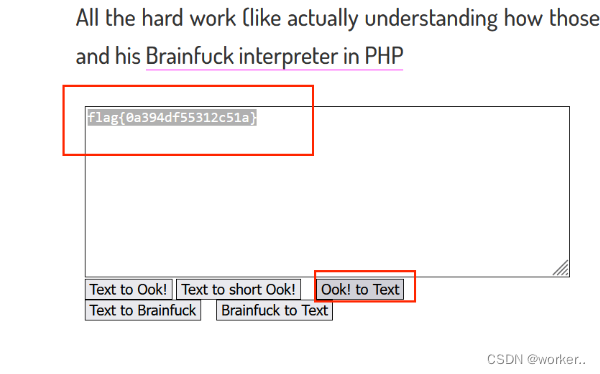
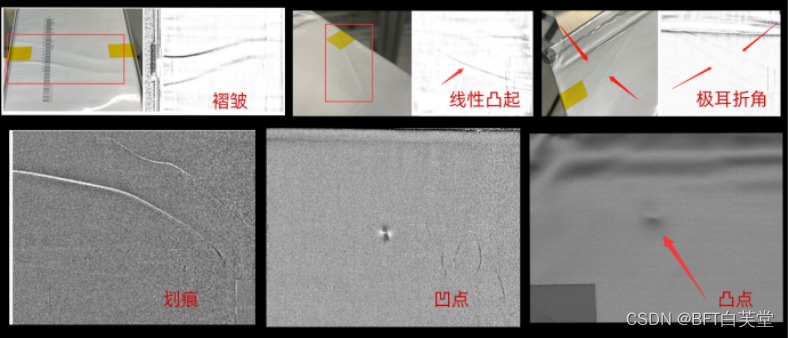




![[华为OD]给定一个 N*M 矩阵,请先找出 M 个该矩阵中每列元素的最大值 100](https://img-blog.csdnimg.cn/direct/40139308daa9475a87a987e5e003bd6c.png)


